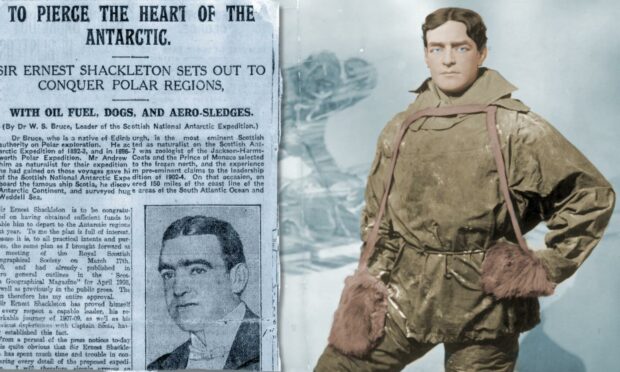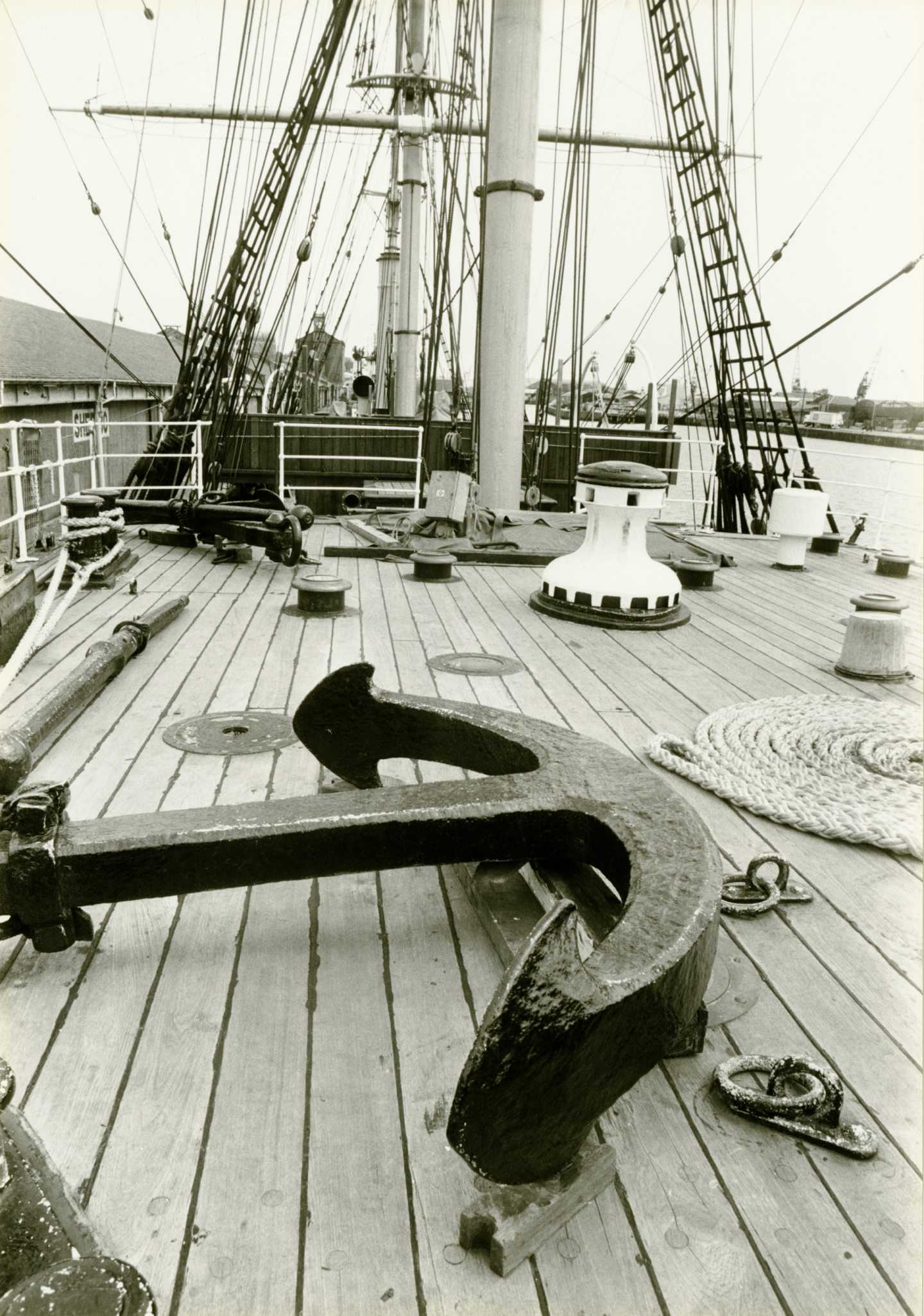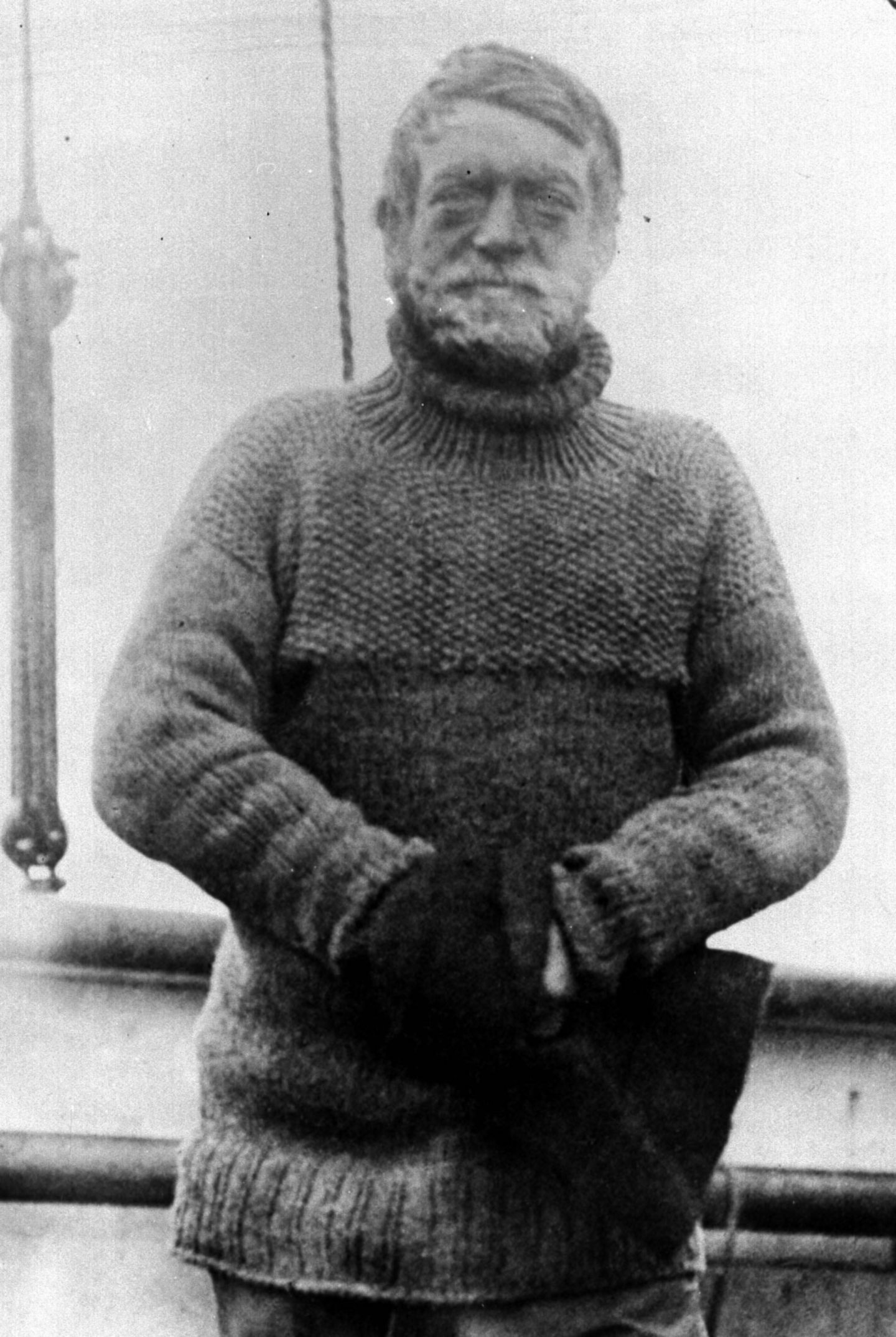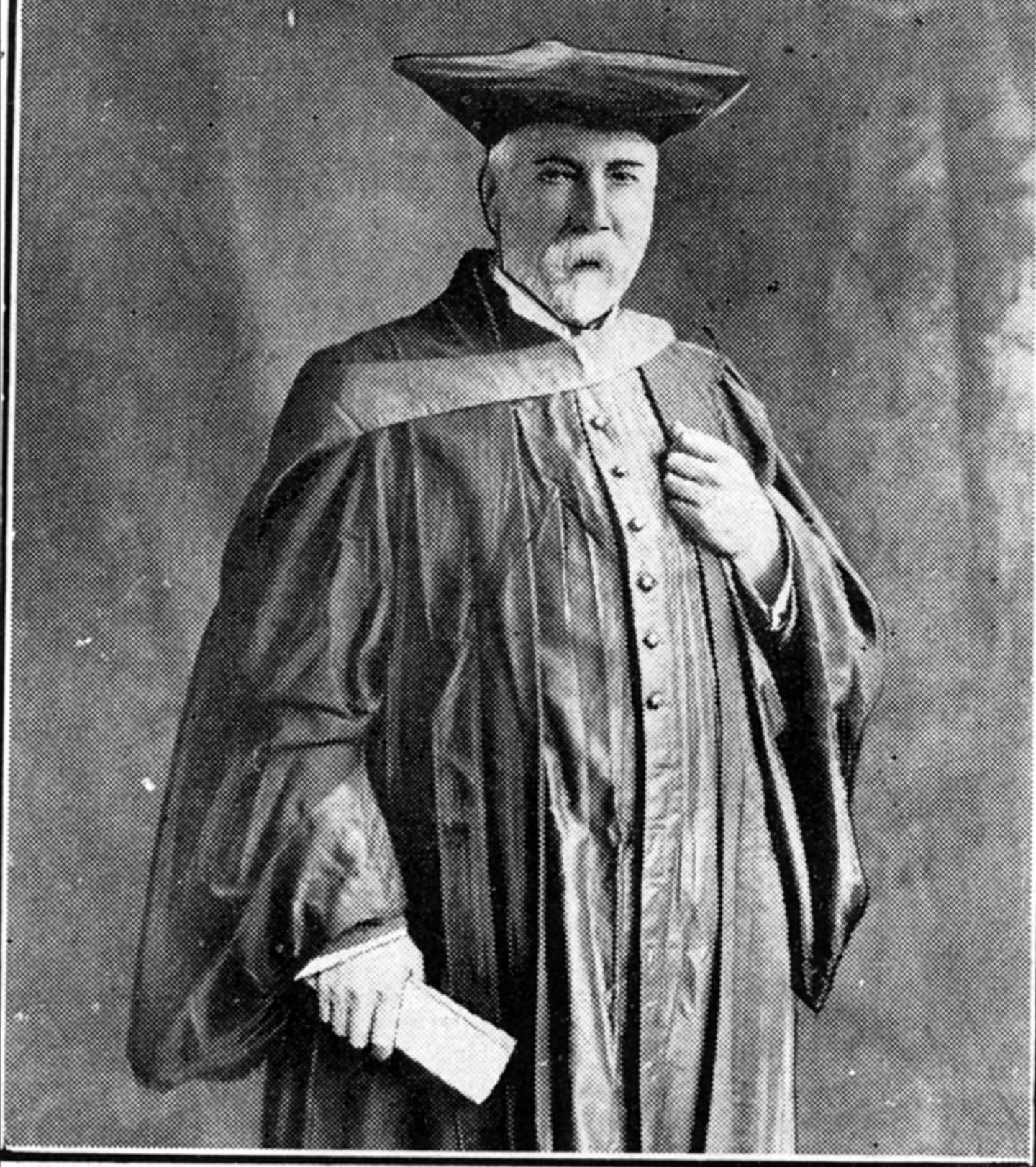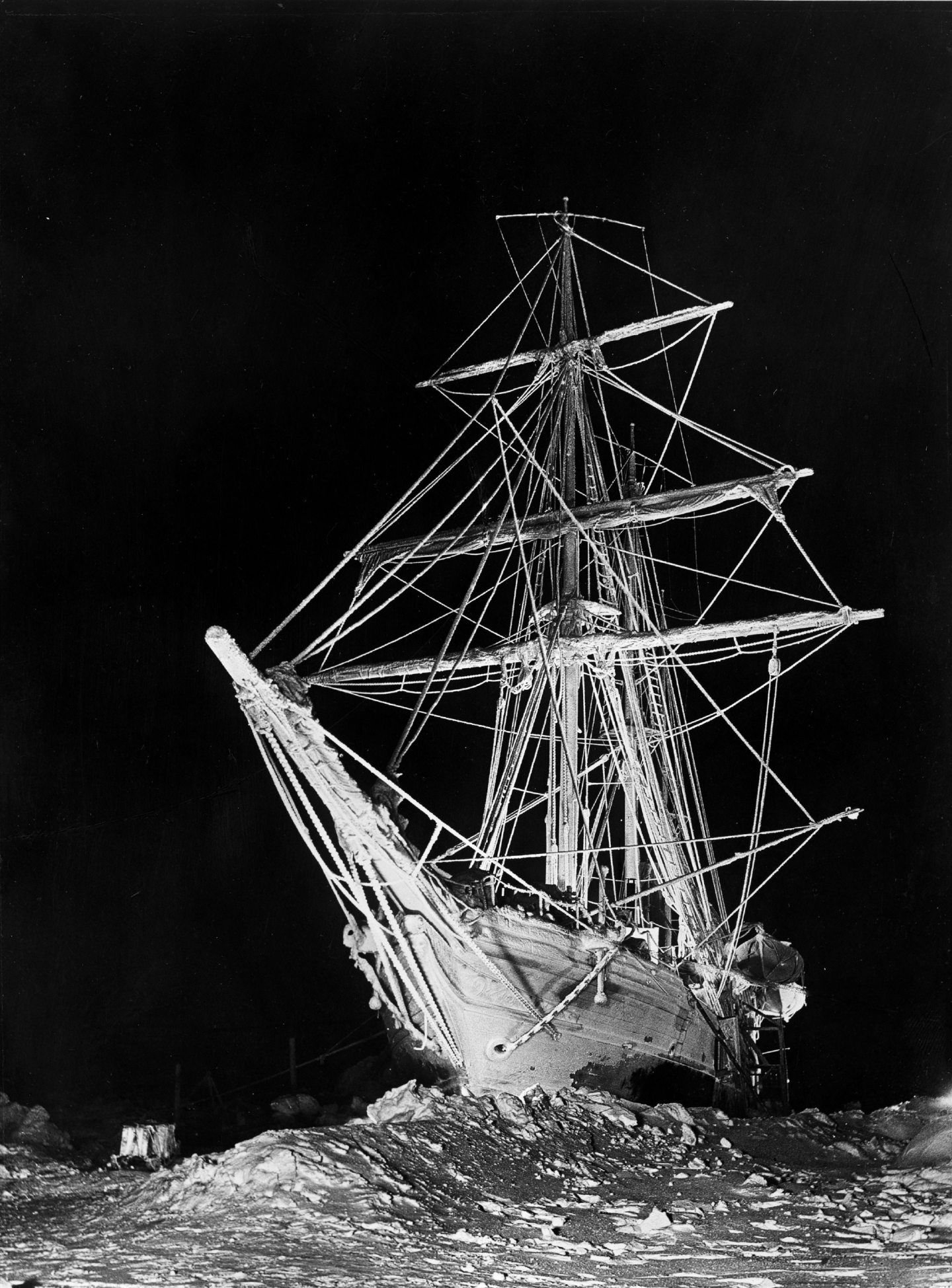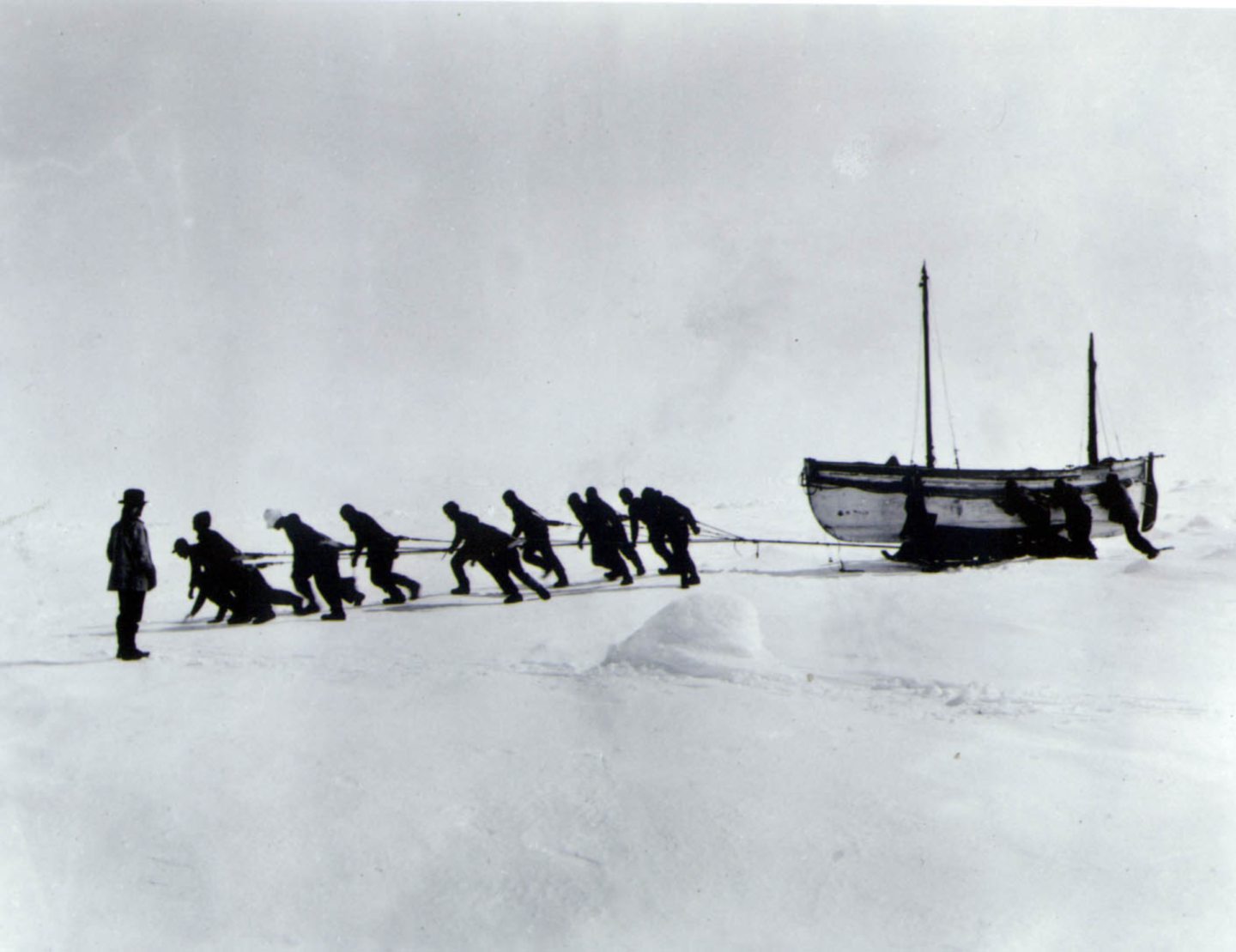Sir Ernest Shackleton was one of the great explorers of the Heroic Age.
With the discovery of Shackleton’s lost vessel Endurance after 107 years, the spotlight has again been put on the polar explorer who had Dundee connections.
A charismatic figure, he was involved in journalism, business and politics. Nevertheless Shackleton wanted to cross the Antarctic continent from sea to sea.
Discovery expedition
Shackleton, who made his first trip to the Antarctic on the Dundee-built Discovery, is reputed to have said if there was an afterlife he wanted to spend it on that vessel.
Captain Robert Falcon Scott and his crew set sail from the Isle of Wight on August 6 1901, and reached Antarctica five months later on January 8 1902.
In November 1902, along with Captain Scott and Dr Edward Wilson, Shackleton set out on an arduous 93-day, 1,000-mile sledge attempt on the South Pole.
The journey into the interior was abandoned, partly because the young lieutenant was suffering from scurvy and exhaustion.
Meanwhile, the Discovery was stuck fast in the ice.
The relief ship Morning, later a Dundee whaler, was unable to get through, but Shackleton was ferried across the ice to her and invalided home.
Perth-based historian Dr Norman Watson broke it down further.
He said: “There was no rapport between the charismatic Anglo-Irish doctor’s son and the disciplined Naval commander of Discovery.
“Shackleton recovered in time to supervise the loading of the Terra Nova, a former Dundee whaler which eventually battered through thick ice to relieve the Discovery by explosives from its ice-bound polar captivity.
“He then moved from London to Edinburgh to take up the post of treasurer with the Royal Scottish Geographical Society.
“He dabbled in journalism, business and politics, standing in Dundee as a Liberal-Unionist candidate in 1906, where he came fourth.
“Sir Ernest got all the cheers, but the other guy got the votes!”
The defeat did not unduly worry him and, a year later, he set off again for his greater love, the Antarctic, and this time he chose the Dundee-built sealer Nimrod.
Although his 1907-09 expedition was badly prepared – he was criticised for taking only nine dogs, most of which were shot and eaten – Shackleton and three companions battled through terrible conditions to a spot just 97 miles from the South Pole.
Unselfishness and clear judgement
This was the biggest advance in history.
Shackleton turned back to prioritise the safety of his men.
He later told his wife it was “better to be a live donkey than a dead lion”.
Dr Watson said: “Unselfishness and clear judgment were among his greatest qualities.
“There is little doubt that had it not been for his selfless action, Shackleton would have stood at the South Pole years before the Norwegian Roald Amundsen.
“Shackleton again emerged as a national hero and the expedition gained him his knighthood.
“Although the Pole had been conquered, Shackleton’s thirst for exploration was unquenched, and his most audacious and dangerous expedition was still to come.
“In 1914 he announced that he intended to cross the Antarctic continent from the Weddell Sea, south of the Falkland Islands, via the South Pole, to a destination in McMurdo Sound on the Ross Sea, south of New Zealand.
“His goal was to be the first man to cross the continent, the last great prize in the history of exploration.”
There was a huge public clamour to join the expedition
Shackleton received 5,000 applications, and out of these were picked 56 men.
Dr Watson said: “The expedition was costly and Shackleton spent much of that year trying to raise sponsorship.
“He wrote to the Dundee jute baron Sir James Caird asking for a £50 donation.
“Sir James promised him the staggering sum of £10,000 if he would come to Dundee to discuss the matter.
“The two men met in his office and after the project had been explained the elderly, bearded figure quietly handed a cheque across the desk.
“Shackleton nearly fell off his chair.
“The cheque was for £24,000.”
Shackleton purchased a Norwegian wooden ship called Polaris and renamed her Endurance after his family motto which was “by endurance we conquer”.
The expedition required two ships: Endurance under Shackleton for the Weddell Sea party, and Aurora, another Dundee-built ship, under Aeneas Mackintosh, for the Ross Sea party, which Shackleton later described as “one of the finest I have known”.
Abandon ship
Just one day’s sail from the continent, Endurance became trapped in sea ice.
Frozen fast for 10 months, the ship was crushed and destroyed by ice pressure, and the crew was forced to abandon ship.
Dr Watson said: “Shackleton and his men dragged lifeboats across the frozen water until they reached the edge of the ocean before rowing 100 miles to Elephant Island.
“After the last of the dogs were shot and eaten, their real ordeal began. Eight hundred miles across the Scotia Sea lay the island of South Georgia and on its eastern coast was a Norwegian whaling station which had a radio transmitter. Shackleton calculated that if he could sail one of the ship’s tiny whaleboats across the freezing sea he might reach the transmitter to gain help.”
Shackleton decided to take five men from the 28 crew to go for help in a tiny whaleboat, which was named after Sir James Caird.
Ironically, few of them were experienced in small craft.
On the first night, Frank Worsley recalled Shackleton saying: “Do you know, I know nothing about boat-sailing.”
Thereafter followed their epic 800-mile voyage over the Weddell Sea, through hurricane, jagged reefs, ice mast-high and, what the explorer himself described as “supreme strife amid heaving waters”.
Then came a 36-hour forced march across South Georgia to fetch help for his men who had remained stranded for over four months under two upturned boats on Elephant Island.
Twice he had redeemed disaster with glorious failure and he later named the 200 miles of previously undiscovered coastline the Caird Coast, after his benefactor.
He paid his last visit to Dundee in 1919 to make personal calls on some of the people who had supported him.
Wonderful news from #Endurance22 & the crew on S.A. Agulhas II that they have found the wreck of #Shackleton's ship. Congratulations to all involved including @thehistoryguy who visited @DulwichCollege before leaving for the #Antarctic. pic.twitter.com/Xvjfx1rkZ2
— Dulwich Archive (@DCArchives) March 9, 2022
Three years later he set out for the Antarctic for the last time.
He never returned.
The supreme prize of reaching the Pole was never his, but his remarkable achievements remain an inspiration, even, it seems, in the lonely and perilous world of business.
More like this:
The RRS Discovery’s a vessel packed with history and full of Scott-ish pride in Dundee
The Terror: What Robert Goodsir did next after discovering the fate of the Franklin expedition
